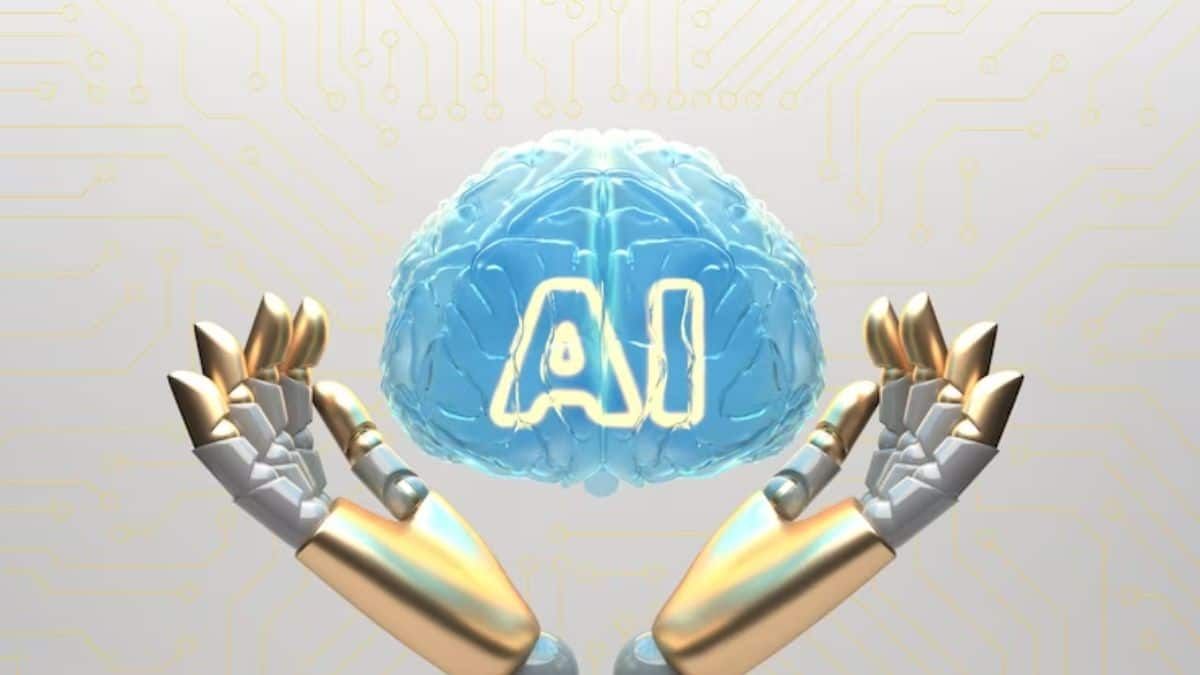Forging the path forward for AI-augmented application development in India

By Naveen Kumar Kalyankar
In the dynamic landscape of digital transformation, developing applications rapidly has become key for businesses striving for competitiveness and agility. A significant breakthrough in this domain comes in the form of Artificial Intelligence AI-augmented application development, which is reshaping application development and propelling progress across diverse industries in India.
With AI-augmented development and low-code, the application building process becomes further accelerated. Companies will be able to achieve instant app generation using conversational or natural language prompts through AI-augmented application development, leverage AI to fine-tune software effortlessly, and validate AI output for end-users. This allows developers to build scalable, secure applications at unprecedented speed and reduces time-to-market significantly.
Enhancing productivity while maintaining cost efficiency
Just through its impact on the software development stage, AI-augmented application development can bring immense benefits to enterprises across industries. This is especially pertinent in the financial sector, which deals in large volumes of transactions and faces a rapidly digitalising consumer footprint. Financial services firms in India face increasing pressures to digitalise their offerings, and often need to modernise their internal workflows to do so. With AI-augmented application development, companies within the financial services sector can rapidly develop digital lending services, automate loan origination across multiple business lines and reduce huge processing costs, all in a fraction of the time compared to when using traditional coding methods.
As the above example illustrates, AI-augmented application development platforms offer businesses the capability to rapidly transform their operations as well as modernise and seamlessly transition to digital infrastructure. This not only enables them to create world-class applications and enhanced user experiences, but helps them seize opportunities to grow their user base in an already crowded market. These platforms are therefore critical for organisations looking to stay competitive in the digital age by quickly adapting to changing customer needs and market dynamics.
Low-code embedded with AI tooling also goes beyond benefiting consumer-facing companies, but empowers those which serve traditional, industrial sectors as well. For example, in an era where sustainability and efficiency are paramount, businesses are constantly seeking innovative solutions to streamline their operations and achieve their environmental goals. A clean energy and electric mobility solutions provider harnessed low-code technology to create user-friendly applications that optimised processes such as vehicle tracking and driver onboarding, while enhancing precision and reducing manual costs.
With AI-augmented application development, these benefits can only be further augmented. Such platforms are hence a valuable tool for organisations aiming to improve client experiences, and stay responsive to evolving business needs even in wider industrial and supply chain industries.
Bridging the gap between IT and internal stakeholders
The application development process is also often hindered by challenges in communication and collaboration between IT departments and internal business stakeholders. AI-augmented application development platforms bridge this gap, fostering collaboration between these crucial entities. For instance, individual departments may face roadblocks when looking to build applications tailored to their specific needs, as communication with the IT department can be disjointed due to lack of understanding of respective fields and objectives, resulting in delays and misinterpretation of requirements.
By adopting AI-augmented application development, both business ( non-IT) and developer teams can easily co-design the application’s workflows, forms, and data structures with ease, even without extensive technical knowledge. Individual teams will also be able to tap on low-code automation to better detect potential errors and inconsistencies in the application-building stage with their in-depth knowledge of department-specific workflows. Further, AI-augmented application development platforms enable departments to quickly iterate and make changes based on feedback from IT experts, creating a more collaborative and efficient workplace environment.
The integration of AI-augmented application development marks a pivotal moment in the application development landscape of India. As this technology continues to evolve, the possibilities of its impact are boundless. These use cases exemplify the immense potential of AI-augmented application development in revolutionising rapid application development across various sectors.
As India advances further into the digital age, the transformative potential of AI-augmented application development will play a critical role in driving businesses forward – through innovation, accelerating application development, and meeting evolving market demands. Embracing this technological synergy will unlock new growth opportunities, elevate customer experiences, and fortify India’s position as a global technology leader.
The author is regional vice-president – India and GIC/GCC, OutSystems
Follow us onTwitter,Facebook,LinkedIn



Leave a Comment